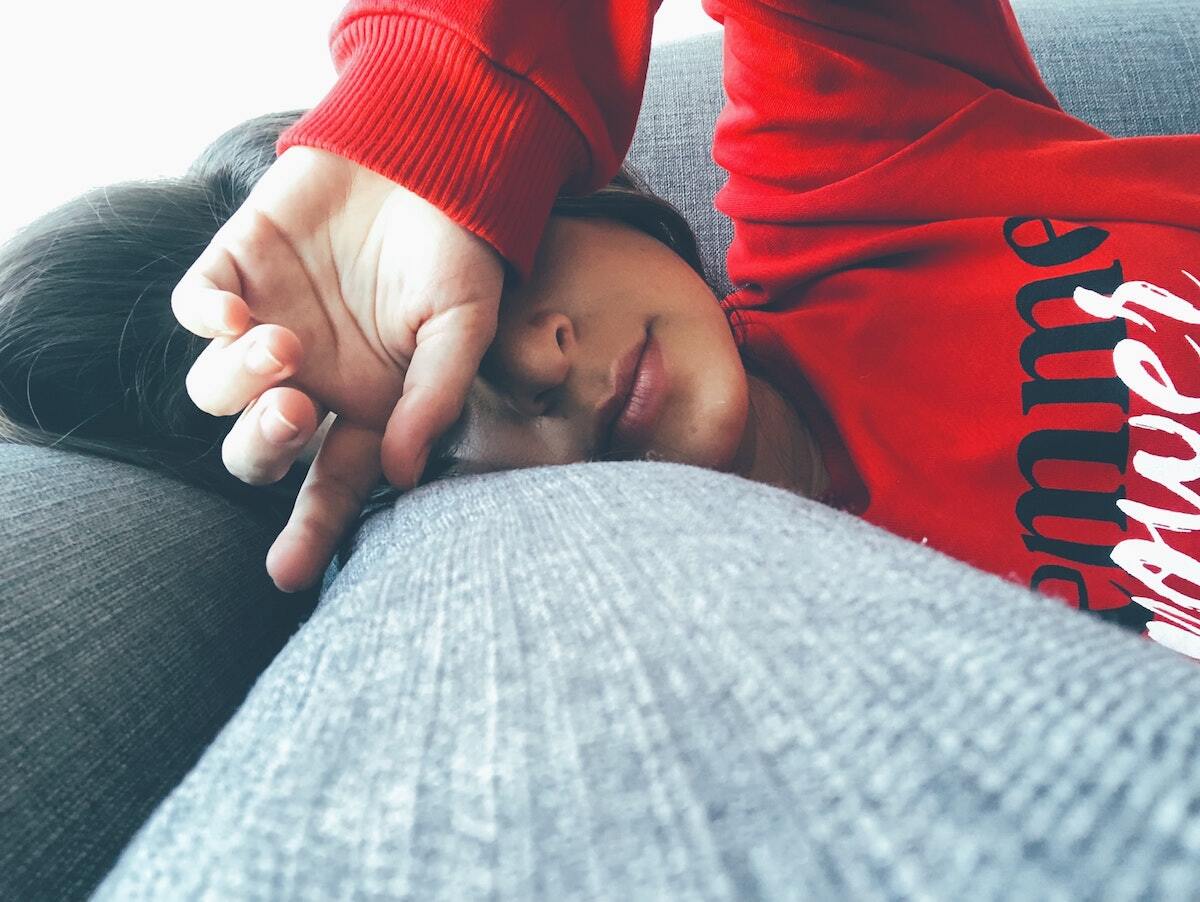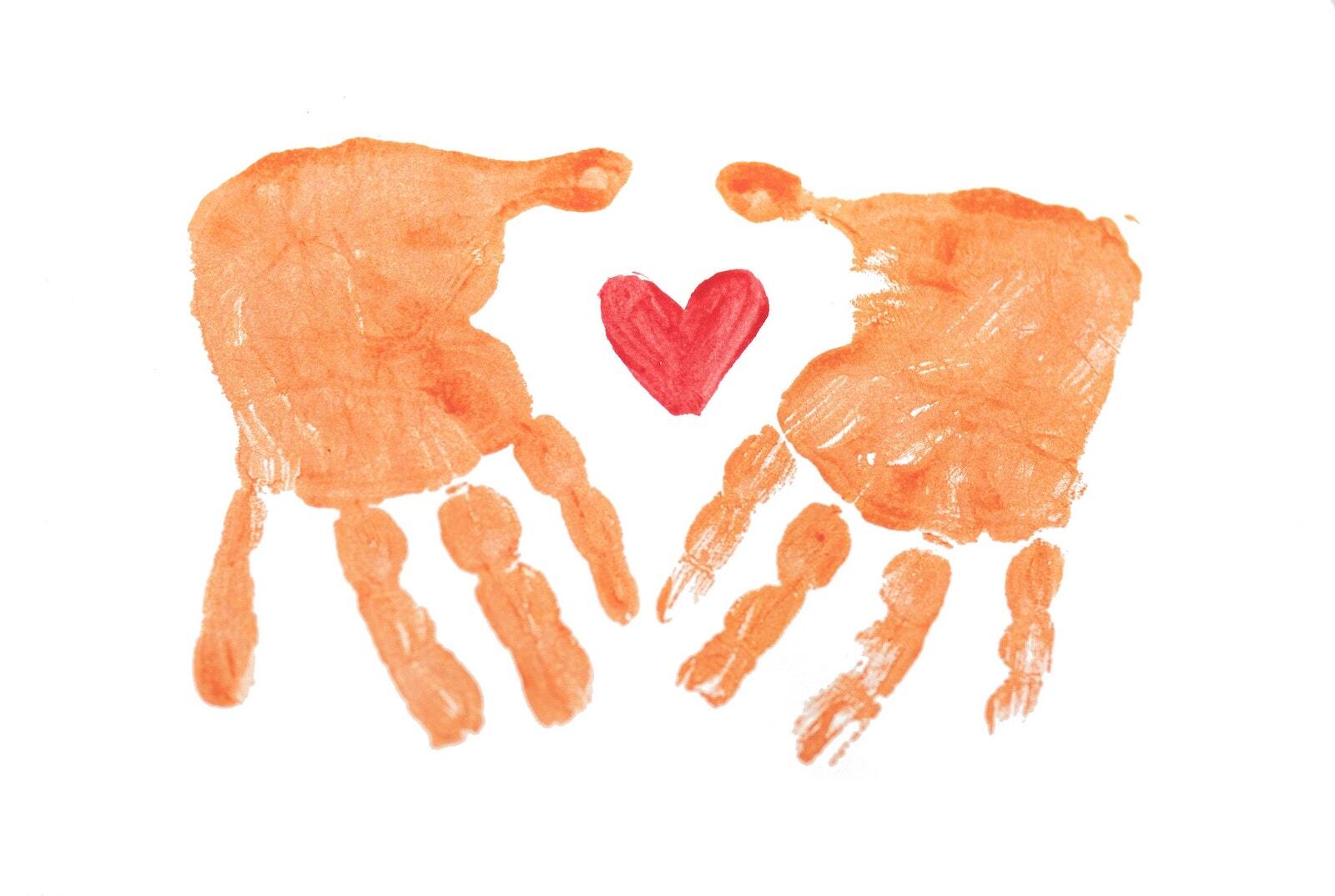By Sarah Murphy, LPC
•
March 2, 2022
Editor's Note: This blog is based on Shamini Jain's dissertation. An updated article by the author was published in the journal Cancer in 2012 . You can access that article here . Our recent blog about Reiki for cancer patients generated a lot of interest. Today, we're taking a deeper dive into the research. Here we examine one study , a dissertation by Shamini Jain which was published in 2009. In this study, Jain compared biofield therapy to mock healing for breast cancer patients, examining various psychological measures as well as markers of inflammation. Results showed that biofield healing provided significant improvements compared to the mock healing protocol. Study participants had been treated for breast cancer, which affects millions of women around the world. The stress of a cancer diagnosis can linger long after treatment has been completed, placing cancer survivors at a greater risk for depression and fatigue, which in turn reduces their quality of life. It even increases the chances of disease recurrence. Clearly, we need effective tools to combat this distress. Jain’s study helps us understand the cycle of stress – inflammation – disease, and offers hope that biofield therapies, which are popular among breast cancer patients, are more than just feel-good practices. The study found a reduction in psychological distress and inflammatory markers in the short term and raises the hope that these practices might lead to better outcomes in the long-term. How inflammation leads to disease: a microscopic story To understand this study, it’s important to understand how chronic stress can lead to inflammation and disease. Here’s a short explanation. HPA axis: The hypothalamus-pituitary-adrenal (HPA) axis is our bodies’ stress response system, a cycle of neural and chemical responses to threat. The hypothalamus, in the brain’s limbic system, cues the pituitary to release a hormone called ACTH (adrenocorticotropic hormone). ACTH races to the adrenal glands, signaling them to release cortisol. Cortisol pours into our bloodstream, causing our hearts to beat faster, blood pressure to rise, and blood sugar levels to increase. We are not digesting food well or fighting pathogenic invaders; we are ready to fight or run away. When faced with an imminent threat, this is exactly what we need. Inflammation: The HPA axis and cortisol response also work with our bodies’ inflammatory and anti-inflammatory chemical messengers, called cytokines. When we have an injury or infection, our cells release inflammatory cytokines. These molecules cause cells to fill with more fluid and call on our immune system cells to rush to the affected area. When the crisis has abated, a different set of cytokines, the anti-inflammatory ones, come to the area and reverse the response. Inflammation decreases, and cellular function returns to normal. This works to create an efficient response to a real threat – or a dysregulated system that leaves us open to disease. Chronic inflammation: When we are under continual stress, our body chemistry gets out of balance. This affects us at the epigenetic level and can cause problems with RNA (ribonucleic acid) protein synthesis. The epigenome is the covering of our DNA that turns on, or off, the expression of genes. RNA are the molecules that replicate portions of our DNA to create the proteins we need for regular cellular activities like cell metabolism and replication. Sometimes the replication goes wrong, and the proteins are incorrectly synthesized, leading to issues like cancer. Thus, in cases of chronic inflammation, dysfunctions in DNA, the epigenome, and RNA errors all may play a role in creating disease. Stress: Our mental state is certainly a factor in the stress – inflammation – disease cycle. Depression, fatigue, and chronic stress contribute to cellular dysfunction and increase the chances of developing disease. But what can happen if we de-stress? Studies about the benefits of biofield therapy have already shown that these treatments can help ease our fatigue, anxiety, and depression. Do they also change our body chemistry? In this study, Jain sought to determine if energy healing would provide significant relief from the psychological issues of fatigue, depression, and mood disturbance, as well as a physiological decrease in chemical markers of inflammation and cortisol levels. The study setup Jain recruited breast cancer survivors near the University of California, San Diego. For this randomized, placebo-controlled study, some participants received an energy healing technique (EH) and others received mock healing, twice a week for four weeks. Healing protocol: The energy healing (EH) used is similar to forms you may be familiar with, like Reiki, Healing Touch, and Therapeutic Touch. In EH, the practitioner balances their own energy with energy from the universal energy field, then uses a series of hand positions on the patient (feet, knees, hips, bladder, stomach, hands, elbows, shoulders, heart, throat, head, and heart again). The process takes 45-60 minutes. The healers in this study had completed a four-year training in EH and had several years of experience. The mock healers were skeptical or naïve to energy healing. Participants: 29 women completed the study, 16 in the EH arm and 13 in the mock healing arm. All were adults who had been diagnosed with stage 1 to 3a breast cancer and had completed treatment (surgery, radiation, and/or chemotherapy) within the previous five years and at minimum, a month before the study began. Psychological measures: In addition to a demographic questionnaire, participants completed a standard set of psychological assessments, including measures to assess fatigue, depression, mood (including depression, anxiety, anger, vigor, fatigue, and confusion), quality of life, and sleep. Physiological measures: Researchers measured markers of inflammation over the eight treatment sessions and at follow-up. These included cortisol and various cytokines associated with breast cancer. See the details section at the end of this blog for more. Study results Most participants – 75% – believed they were receiving the actual energy healing, 87% in the healing group and 72% in the mock group. This was important to assess for exploring the role of expectancy on results. The differences between groups over time showed the EH group overall received better results than the mock group. Psychological measures: On most psychological measures, the EH group did better on measures of fatigue, depression, and mood than the mock group (all but sleep, where neither group improved). The mock group’s scores on depression deterioratedover time. Below are some details. See Details Section at the end of the blog for more specifics. Fatigue : Overall, the EH group experienced a greater drop in fatigue over time than the mock Depression : The EH group decreased in depression over time, while the mock group actually increased in depression. Mood : Women who had received chemotherapy had more mood disturbance at baseline. Both groups showed a large decrease in mood disturbance over time. Quality of life : Women who had received chemotherapy had a lower quality of life at baseline. Both groups increased in quality of life over time. The belief that they were getting EH predicted improvement in quality of life. Sleep : Older women had poorer sleep at baseline. The treatments had no effect on sleep. Physiological measures: While the groups saw roughly equivalent results on one measure (Tumor Necrosis Factor Receptor II, TNFRII), the EH group improved more than the mock group on all other measures. The mock group saw some increases in inflammatory biomarkers over time. Why this study matters: biofield therapy helps people who have had cancer This study examined the effects of a biofield therapy on both psychological distress and physiological bio-markers associated with inflammation and disease progress in breast cancer patients. It shows that the biofield therapy studied, EH, decreases these biomarkers over time, while improving fatigue and mood issues that are associated with disease progression. This adds to the growing body of evidence supporting biofield therapies, which are already popular among breast cancer patients, showing that these may be more than feel-good therapies. Because of their effects on both psychological and physiological markers of inflammation and disease, these therapies seem to affect us at the molecular level in ways that might slow cancer growth as they promote wellbeing. Looking ahead Every year in the US, nearly 300,000 women are diagnosed with breast cancer. Almost 3.8 million American women are living with breast cancer. A woman’s chance of being diagnosed with invasive breast cancer is 1 in 8 . And while early detection and treatment are making a dent in prognosis, mortality has dropped by less than 3% . Alongside the rigorous medical research, we have a growing understanding of the mind-body correlates of disease and the cycle of stress-inflammation-disease. This offers us a new hope, and a new tool to add in our approach to fighting cancer. As the research in mind-body therapies continues, pharmaceutical companies, oncologists, and the medical establishment are increasingly open to using these as adjuvant therapies. Patients themselves are eager to take advantage of these therapies to improve outcomes while we wait and hope for the cure. I envision a time, perhaps not too far in the future, in which healing professionals will increasingly work alongside doctors and nurses to offer energy healing to patients in need. I dream of a day when societies will prioritize the emotional wellbeing of their citizens. As a therapist, I earnestly wish for people to treat each other well, with lovingkindness, erasing the disharmony that underlies so much of today’s stress. Today, we are already moving in that direction, by employing mind-body tools to address these stressors – tools like energy psychology, energy medicine, and energy healing, in their various forms. Because of these results, these techniques increasingly play a role in easing the stress-inflammation-disease cycle. Actions you can take To learn more about the human energy field, check out ACEP’s Comprehensive Energy Psychology CEP course , which is being revamped, and will be available later in 2022. To support energy psychology research and humanitarian efforts, make a donation here . Author Sarah Murphy, LPC, is a licensed professional counselor and coach with more than 12 years of clinical experience. She specializes in energy psychology, including EFT, as well as mindfulness and hypnotherapy. In her therapy practice, she works with individuals seeking to find peace within themselves, people who have serious medical diagnoses, and couples who want to resolve conflict and live in harmony. Sarah's personal motto is that we are here to create a more peaceful world, one more-peaceful person at a time. She is an ACEP Board member and chair of the Communications Committee. Learn more at www.transformative-therapy.com . photo by Rod Long on unsplash Want to dive into the weeds? Here are the study details Physiological measures Researchers measured markers of inflammation over the eight treatment sessions and at follow-up. These included cortisol and various cytokines associated with breast cancer. These included: Interleukin-1 soluble receptor (sIL-1Ra) : This is an analog of the inflammatory cytokine interleukin 1 (IL-1), which is found in breast tissue, is associated with fatigue, has been shown to increase in people with depression; its presence is associated with disease progression. sIL-1Ra is easier to measure than IL-1. It was studied as a marker of fatigue and depression. Interleukin 6 (IL 6): IL-6 is a proinflammatory cytokine that is associated with breast cancer; higher levels are present in people with breast cancer compared to healthy controls. Increased levels of IL-6 are associated with stage, grade, metastasis, and chemotherapy resistance; it may be particularly relevant in estrogen-positive cancers. It is higher in patients with depression and was studied as a marker of fatigue and depression. Interleukin-6 soluble receptor (sIL-6R) : This is a receptor for IL-6 and is highly associated with fatigue in breast cancer patients. It was studied as a marker for fatigue and depression. Soluble Tumor Necrosis Factor Receptor II (sTNF-RII) : This is an easier-to-measure receptor for Tumor Necrosis Factor alpha (TNF-α). TNF-α is an inflammatory cytokine that is associated with both tumor death (as the name suggests) and, paradoxically, tumor growth and metastasis. Its receptor sTNF-RII levels seem elevated in fatigued compared to non-fatigued breast cancer survivors. It was studied as a marker of fatigue. Interleukin-4 (IL-4) : While IL-4 is considered an anti-inflammatory marker, it is associated with resistance to chemotherapy and apoptosis (cell death). It was studied as a biomarker of fatigue. Cortisol, and Diurnal Cortisol Variability : Cortisol is particularly relevant for people with breast cancer. In a healthy population, cortisol levels drop at night. In breast cancer patients, cortisol levels are generally higher, have more fluctuations during the day, and do not drop as low at night. Among breast cancer patients with fatigue, these differences are even more pronounced. Thus, mean cortisol as well as nighttime drops in cortisol were measured Results: psychological measures On most psychological measures, the EH group did better on measures of fatigue, depression, and mood than the mock group (all but sleep, where neither group improved). The mock group’s scores on depression deteriorated over time. Below are the details: Fatigue (MFSI-sf) : Radiation was associated with fatigue; time since radiation completed was associated with lower fatigue scores at baseline. Overall, the EH group experienced a greater drop in fatigue over time than the mock group (p = .09, partial eta square = .13 with time since radiation as a covariant; p = 0005, partial eta square = .30 with no covariant). Depression (CESD) : The EH group decreased in depression over time, while the mock group actually increased in depression (p = .22, partial eta square = .24). Mood (POMS-sf) : Women who had received chemotherapy had more mood disturbance at baseline. Both groups showed a large decrease in mood disturbance over time (p = .001, partial eta squared = .25). Quality of life (FACT-B) : Women who had received chemotherapy had a lower quality of life at baseline. Both groups increased in quality of life over time. The belief that they were getting EH predicted improvement in quality of life (p = .037). Sleep (PSQI) : Older women had poorer sleep at baseline. The treatments had no effect on sleep. Results: physiological measures While the groups saw roughly equivalent results on one measure (Tumor Necrosis Factor Receptor II, TNFRII), the EH group improved more than the mock group on all other measures. The mock group saw some increases in inflammatory biomarkers over time. Zooming in: sIL-1Ra : There was a large effect size, with the mock group experiencing an increase in this biomarker over time, while the markers decreased in the EH group (p = .048; partial eta square = .21) IL-6: A large effect size was found, with the biomarker in the mock group increasing while that in the treatment group decreased over time (p = .06, partial eta square = .19) sIL-6R : Both groups improved but the EH group saw a greater decrease in this biomarker (p = .02, partial eta square = .32). IL-4: The mock group saw a slight increase over time while the EH group saw a significant drop (p = .05, partial eta square = .21) TNFRII : There were no differences between groups; both decreased slightly over time. Cortisol slope : Both groups ended with a drop in cortisol, but the mock group experienced an increase at midway, and the EH group experienced a steeper drop. Mean cortisol: Mean cortisol in the mock group increased while it dropped in the EH group.









